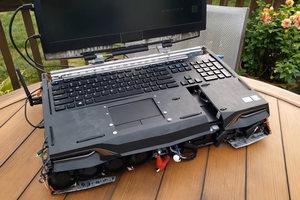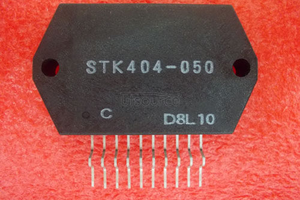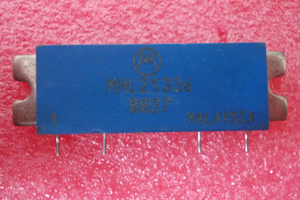A nuclear power plant is a thermal power station in which the heat source is a nuclear reactor. As is typical in all conventional thermal power stations the heat is used to generate steam which drives a steam turbine connected to a generator which produces electricity. The conversion to electrical energy takes place indirectly, as in conventional thermal power plants. The heat is produced by fission in a nuclear reactor. Directly or indirectly steam is produced. The pressurized steam is then usually federal to a multistage steam turbine. Steam turbines in Western nuclear power plants are among the largest steam turbines ever. After the steam turbine has expanded and partially condensed the steam, the remaining vapor is condensed in a condenser. The condenser is a heat exchanger which is connected to a secondary side such as a river or a cooling tower. The water is then pumped back into the nuclear reactor and the cycle begins again.
System Basics
The alarm annunciation system acquires the alarm inputs as potential free contacts, processes them as per ring-back sequence and controls the display windows and hooters. Generally, the display windows and the hooters are in the main control room on the control panels and the system electronics, referred here as alarm annunciation system, is in the control equipment room. In other words, they are physically different and can be located at different or at the same location. In control room, operator is provided with a set of push button switches to ‘Acknowledge’ the incoming alarm by muting the hooters, ‘Reset’ a returning to normal alarm and carry out a manual ‘Test’.
System Description
The advanced alarm annunciation system is designed around industry standard ELB-REV4 iSCADA microcontroller. The system consists of two type of cards, viz. alarm card and communication card. In one 19” module, there can be one communication card and up to 19 alarm cards. An alarm card itself is a complete annunciator for 8 alarm points. It also carries out self-diagnostics and sends alarm and diagnostic data to communication card via I2C bus. It has a dedicated SCADA microcontroller. Alarm card does not depend upon communication card for its function.
Communication card employs three microcontrollers on board for various functionalities. Three microcontrollers communicate to each other via a shared RAM.
System Features General
• Micro-controller based modular design.
• Each card can independently handle up to 8 alarms.
• Each card is a complete annunciator for 8 points.
• Ring-back sequence as per ISA S18.1-R.
• Both single and redundant architecture possible.
• The system is fault tolerant.
• Time stamping in real time format.
• Battery backed memory.
• Cards are Hot-Pluggable.
• Synchronisation with station master clock.
• Self-diagnostic: On board self-diagnostic can detect failures in input, output or microcontroller
Card Level Redundancy
Two alarm cards form a redundant pair. One card is active and the other is standby. When active card fails, the standby card takes over automatically without any bump. This allows multiple card failures in a system if they are in different redundant card pairs. The redundant card can sit either in the same bin or in the separate bins. Card level redundancy gives freedom of having some cards in redundant mode and rest of them in single mode. This facilitates optimization of cost and space.
Online Logging and Printing Communication card of the system provides a printer port and a serial port. A dot matrix printer can be connected directly to the printer port of the system for online printing of alarms with time stamp. An isolated RS-485 serial port is provided with MODBUS protocol for communication with PC. The PC side software logs the alarm and diagnostic data periodically from the system. The data is stored in database for later analysis. The information is provided to the operator via a tabular graphic...
Read more » ssla.co.uk
ssla.co.uk
 TEC.IST
TEC.IST
 Electroniclovers123
Electroniclovers123
 Mark Omo
Mark Omo